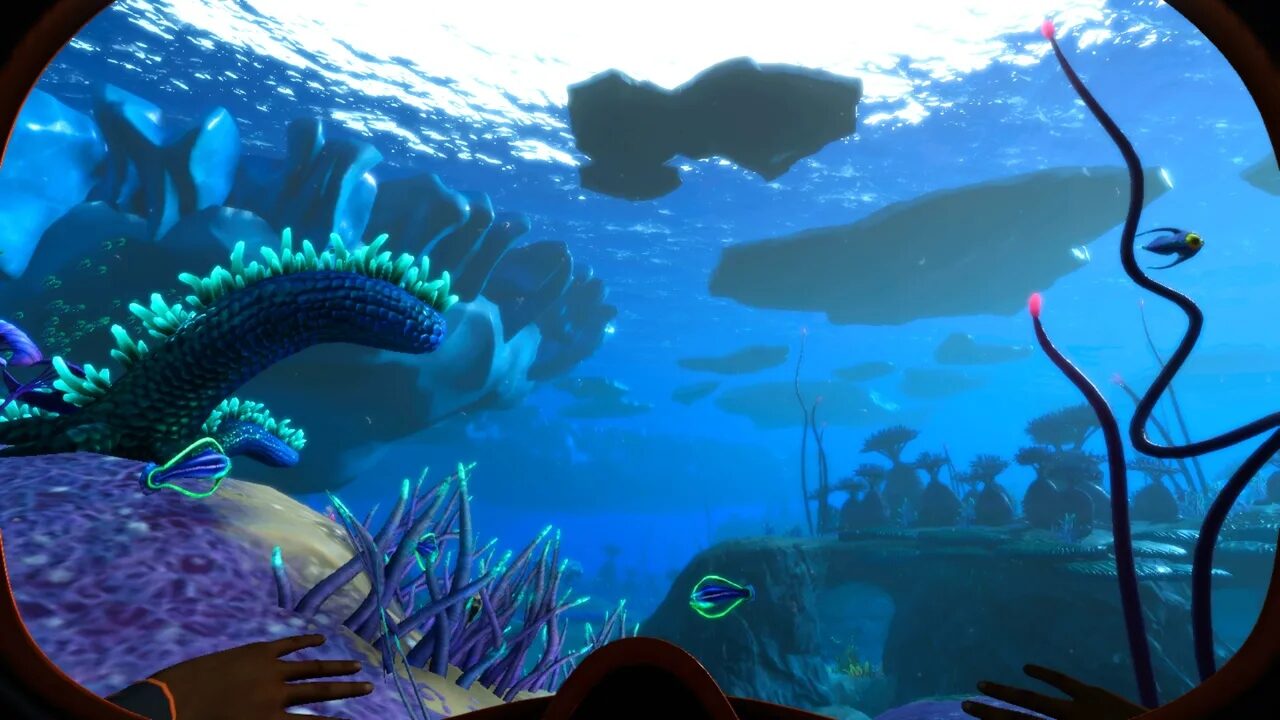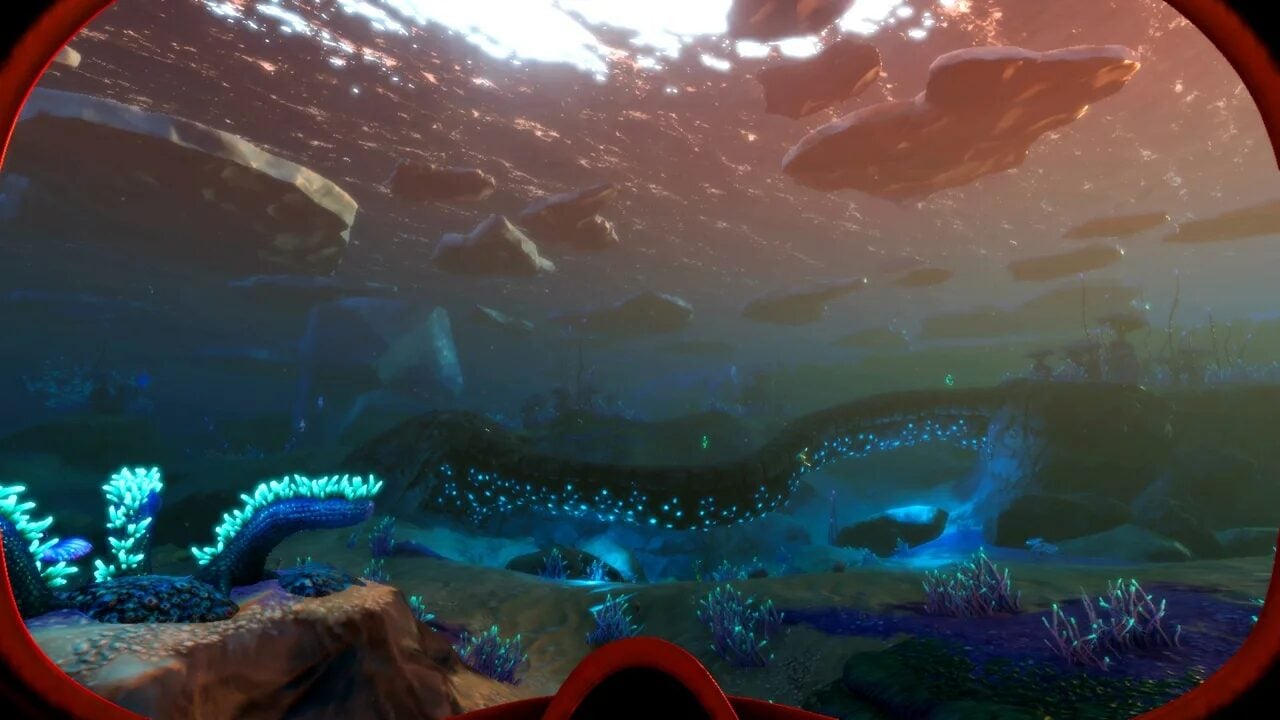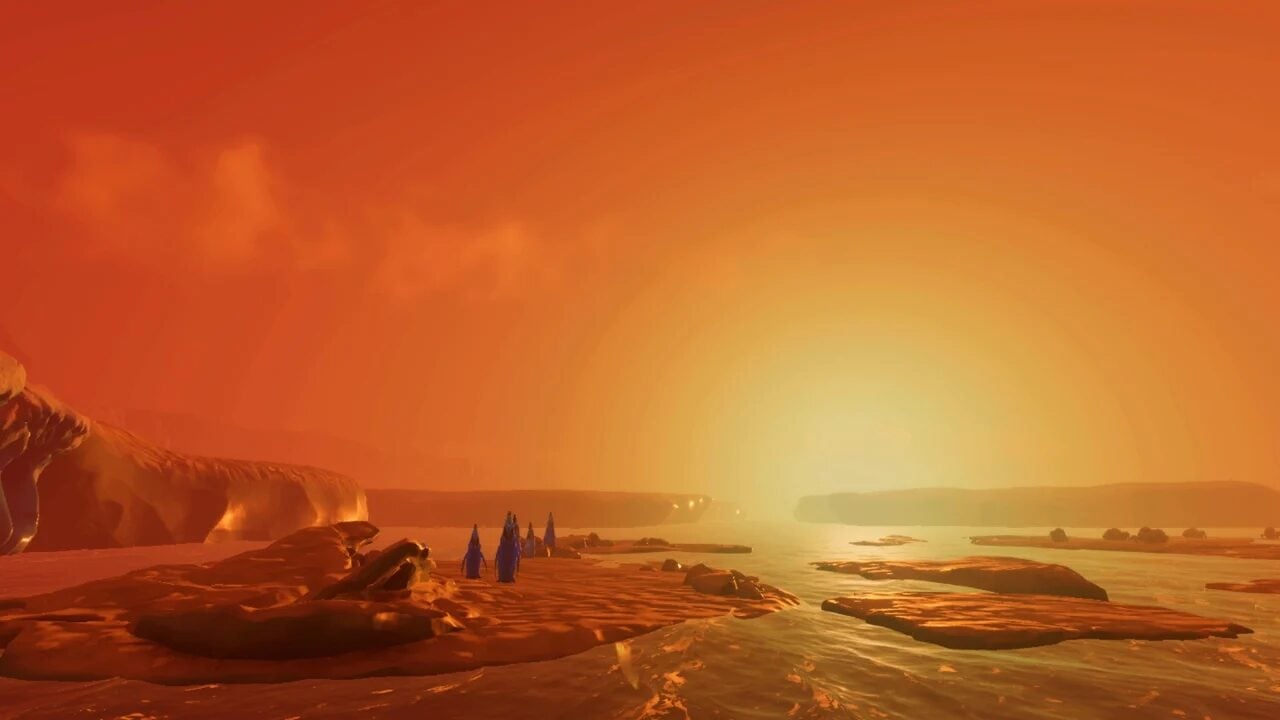
Subnautica: Below Zero has a smaller scope than Subnautica does, trading away the vast expanses of ocean for a more constrained arctic sea. That hasn’t stopped Unknown Worlds from ensuring that this sequel retains the tight survival gameplay that made the original such a hit years ago. Yet the addition of some new mechanics, particularly a greater emphasis on exploring above water and a more fleshed out narrative, means that Below Zero struggles to reach the heights of its past.
Below Zero is set on Subnautica’s Planet 4546B, though this time you take on the role of Robin Ayou as she searches for what happened to her sister in the planet’s arctic. The voice acting is generally decent, though the story never grabbed me in any form—it’s just there as background flavour. The amount of chatter is occasionally grating, tending to over explain discoveries rather than letting you realize the implications yourself.

Of course, you can push the story aside for as long as possible in lieu of exploring, harvesting, and crafting new items, which is the bulk of the Subnautica experience. It remains as compelling as ever; managing your resources, such as oxygen, health, thirst, and new to Below Zero, temperature, while slowly discovering new technology and alien life is a rock-solid gameplay loop. Few things needed to change in this sequel, and though the tech tree is somewhat smaller, the actual act of exploring is still the highlight.
“Each new creature in Subnautica: Below Zero forces you to interact with it in order to better their behavior, and it’s that gradual understanding that makes searching for new life and resources so rewarding.”
When you are in the water, Below Zero excels. Interacting with the myriad forms of aquatic life is a delight, as you slowly come to understand their demeanors and how you can make use of them. Take the brinewing for example, which is a little fish that shoots a jet of frozen solution at you, causing you to turn into a block of ice and sink for a few seconds. It doesn’t deal any damage, but it leaves you wide open to attacks from other fish or possible oxygen deprivation. Each new creature in Subnautica: Below Zero forces you to interact with it in order to better their behavior, and it’s that gradual understanding that makes searching for new life and resources so rewarding.
Yet Below Zero is not as straightforward as its predecessor was when it comes to exploration, and that’s the result of how the story functions. There are multiple narrative threads you can follow at any given moment, and it’s not entirely clear how you should proceed at times. Subnautica’s progression can basically be summed up as ‘go deeper’, but that is not the case with Below Zero. I got lost several times in my playthrough, unsure where the next step in my progression was located. This was made more frustrating by the expanded land sequences.

It’s a shame, though perhaps not surprising, that stepping out of the water and onto dry land is a disappointment. A sizable chunk of Below Zero involves marching across frozen tundra, icebergs, and other arctic biomes, each with their own threats to deal with. While a massive ice worm chasing you down is thrilling, my interest waned every time I was required to get out of the ocean and trudge across snow because it simply isn’t as fluid, expansive, or exciting as exploring below the waterline. After several hours of walking, I just wanted the game to let me get back to the good stuff.
“The world looks great on the Switch, with vibrant blues and whites popping out against the watery backdrop—not to mention the gorgeous sunsets.”
What is most surprising to me is how good the Nintendo Switch port is. Aside from some stuttering when entering a new biome and frequent texture pop-in, Below Zero holds up well in both portable and docked mode. The world looks great on the Switch, with vibrant blues and whites popping out against the watery backdrop—not to mention the gorgeous sunsets. I was skeptical of how Below Zero would perform on this platform, yet I walked away convinced that it’s adapted well to the Nintendo Switch.
Though the experience isn’t as well-honed as its predecessor, Subnautica: Below Zero is a good time for anyone who’s up for some deep-sea survival. There is a lot to discover here, and unless you have a case aquaphobia, this is well worth your time.
